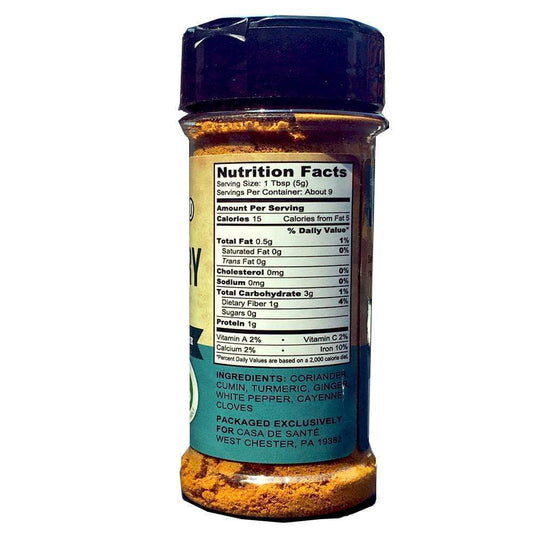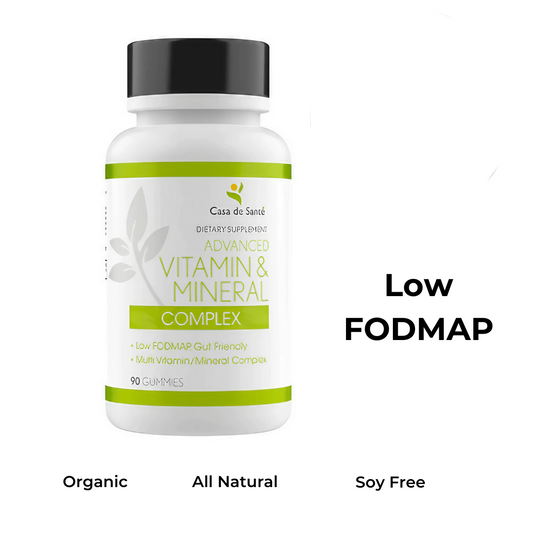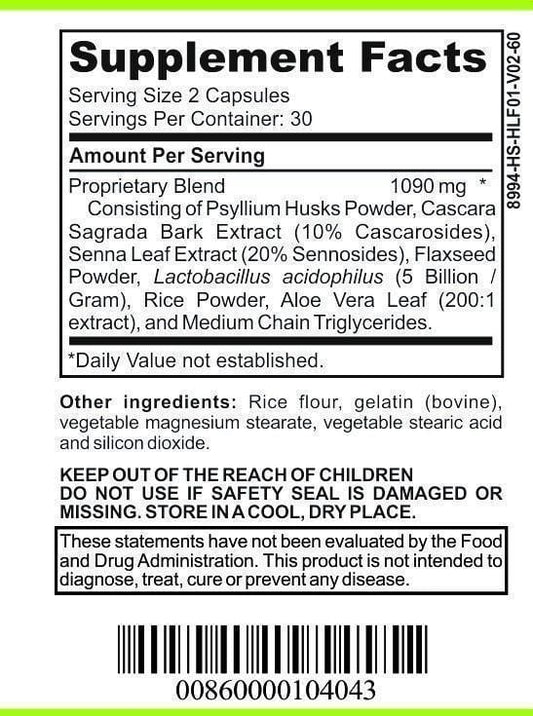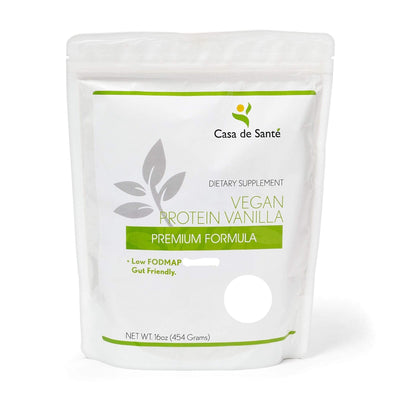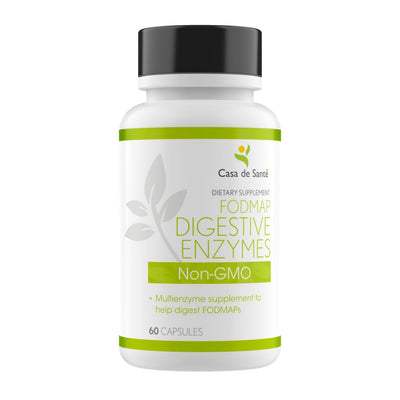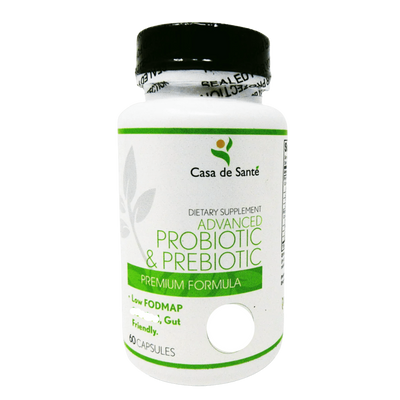Kamut Protein Powder Vs Spelt Protein Powder
Kamut Protein Powder Vs Spelt Protein Powder
In the world of protein powders, Kamut and Spelt have gained popularity as nutritious options. Both grains offer unique benefits and are suitable for various dietary preferences. If you're wondering which one to choose, it's essential to understand their basics and compare their nutritional content, protein content, amino acid profile, digestibility, source of energy, gluten-free options, antioxidant content, mineral profile, vitamin content, taste and texture, cooking and baking applications, price comparison, sustainability factors, allergenic potential, and consumer reviews. This comprehensive article will delve into the details, enabling you to make an informed choice when deciding between Kamut and Spelt protein powders.
Understanding the Basics: What is Kamut Protein Powder?
Kamut, scientifically known as Triticum turgidum subspecies turanicum, is an ancient grain with a rich history dating back thousands of years. It has a distinct, buttery flavor and a high protein content. Kamut protein powder is made by grinding the Kamut grain into a fine powder. It is naturally gluten-containing, but there are gluten-free options available for individuals with celiac disease or gluten sensitivity.
Understanding the Basics: What is Spelt Protein Powder?
Spelt, scientifically known as Triticum aestivum subspecies spelta, is another ancient grain that has been cultivated for centuries. It has a nutty, slightly sweet taste and offers a good amount of protein. Spelt protein powder is created by milling the Spelt grain into a fine powder. Like Kamut, Spelt naturally contains gluten, but gluten-free versions are available for those with specific dietary needs.
Nutritional Comparison: Kamut Protein Powder vs Spelt Protein Powder
When it comes to nutritional content, both Kamut and Spelt protein powders have their own unique profiles. Kamut is known for its high fiber content, which aids in digestion and promotes a healthy gut. It is also a good source of essential minerals like manganese, selenium, and zinc. Spelt, on the other hand, is rich in B vitamins, providing energy and supporting the nervous system. It also contains essential minerals, including iron and magnesium. While both grains offer valuable nutrients, the specific nutritional needs of each individual may influence which protein powder is most suitable.
Protein Content: Which Powder Packs a Stronger Punch?
Protein content is arguably the most crucial factor when choosing a protein powder. Kamut protein powder typically contains around 15-20 grams of protein per serving, depending on the brand. Spelt protein powder generally provides slightly less protein, with an average of 10-15 grams per serving. However, it's important to remember that individual goals and dietary requirements may vary. Therefore, it's essential to assess personal needs and the desired protein intake when making a decision.
Amino Acid Profile: Comparing the Essential Building Blocks
Amino acids are the foundation of proteins and play a crucial role in various bodily functions. Kamut and Spelt both offer a comprehensive amino acid profile, including all nine essential amino acids that the body cannot produce on its own. These amino acids are necessary for muscle repair, recovery, and overall health. While both grains provide these essential building blocks, the ratios and amounts may differ slightly. It is worth noting that some individuals may have specific amino acid requirements due to dietary restrictions or medical conditions.
Digestibility and Absorption: How Do Kamut and Spelt Differ?
The digestibility and absorption of protein are key factors to consider, especially for those with sensitive digestive systems. Kamut protein powder is generally well-tolerated by most individuals, as it contains a soluble protein called globulin that is easily digested. Spelt protein powder also boasts good digestibility and absorption rates. However, individual responses may vary, and it is recommended to start with small quantities to assess personal tolerance when incorporating these protein powders into your diet.
Source of Energy: Which Powder Provides a Sustained Boost?
For individuals seeking an energy boost, both Kamut and Spelt protein powders offer valuable benefits. Kamut is known for its slow-releasing carbohydrates, providing sustained energy levels throughout the day. Additionally, its high fiber content aids in maintaining stable blood sugar levels. Spelt protein powder also offers a good source of energy due to its nutrient-dense composition, including complex carbohydrates. The choice between the two may depend on personal preferences and dietary goals.
Gluten-Free Options: Examining Kamut and Spelt for Celiac-Friendly Diets
Individuals with celiac disease or gluten sensitivity need to be cautious of gluten-containing products. While Kamut and Spelt naturally contain gluten, there are gluten-free options available for both grains. Kamut can be found in its gluten-free form, labeled as "Kamut Khorasan." Similarly, gluten-free Spelt protein powder can be sourced from specific manufacturers. It is crucial to carefully read labels and choose a certified gluten-free product to ensure the safety and well-being of individuals with gluten-related conditions.
Antioxidant Content: Uncovering the Health Benefits in Each Powder
Antioxidants play a vital role in protecting the body against oxidative stress caused by free radicals. Kamut protein powder is known to have higher antioxidant levels compared to many other grains. It contains compounds such as selenium, which acts as an antioxidant and supports overall cell health. Spelt protein powder also contains antioxidants, including vitamin E, which helps neutralize free radicals and supports skin health. Incorporating either grain into your diet can contribute to an antioxidant-rich lifestyle.
Mineral Profile: Which Powder Offers More Essential Minerals?
Minerals are essential for various physiological functions, including bone health, nerve transmission, and immune system support. Kamut protein powder is particularly rich in minerals such as manganese, selenium, and zinc, which all play crucial roles in maintaining overall well-being. Spelt protein powder, on the other hand, is an excellent source of minerals like iron and magnesium, which are necessary for red blood cell production and maintaining healthy muscle and nerve function. Determining which mineral profile is more suitable depends on individual nutritional needs.
Vitamin Content: Evaluating the Vitamin Levels in Kamut and Spelt Powders
Vitamins are vital for various physiological processes, supporting overall health and well-being. Kamut protein powder contains several B vitamins, including thiamin, riboflavin, and niacin, which contribute to energy metabolism and brain function. Spelt protein powder offers a similar range of B vitamins, ensuring the body's optimal functioning. Both grains also provide other vitamins, such as vitamin E and folate, which promote skin health and support cell production, respectively. Considering individual vitamin requirements can help in determining which protein powder aligns best with personal needs.
Taste and Texture: A Comparison of Flavor and Consistency
When it comes to taste and texture, Kamut and Spelt protein powders each offer their unique characteristics. Kamut protein powder has a rich, buttery flavor that adds a pleasant taste to smoothies and baked goods. Its fine powder consistency blends easily, resulting in a silky texture. Spelt protein powder has a nutty, slightly sweet taste that complements various recipes. While its texture may be slightly coarser compared to Kamut, it still blends well and adds an enjoyable element to culinary creations. Ultimately, personal preferences will determine which taste and texture profile is preferred.
Cooking and Baking Applications: Which Powder Works Best in Recipes?
Both Kamut and Spelt protein powders can be incorporated into a wide range of recipes, from smoothies and shakes to baked goods and savory dishes. Kamut protein powder's buttery flavor makes it ideal for enhancing the taste of baked goods, such as muffins, pancakes, and bread. It blends seamlessly into smoothie creations as well, adding a creamy texture. Spelt protein powder's nutty taste can enhance the flavor profile of recipes like energy balls, cookies, and porridge. It also pairs well with savory dishes, adding a wholesome element to soups and stews. Experimenting with both grains in various recipes can help uncover the full range of culinary possibilities they offer.
Price Comparison: Finding Value for Money Between Kamut and Spelt Powders
Price is a significant factor when selecting a protein powder. The cost of Kamut and Spelt protein powders can vary depending on various factors, such as brand, quality, and packaging size. In general, Kamut protein powder tends to be slightly more expensive due to its unique characteristics and limited availability. Spelt protein powder, being more readily available, often offers a more affordable option. While price is important, it's crucial to consider other factors such as nutritional content and personal dietary requirements when determining value for money.
Sustainability Factors: Analyzing the Environmental Impact of Each Grain's Production
With sustainability being an increasing concern, it is essential to evaluate the environmental impact of different products. Both Kamut and Spelt are ancient grains that are generally more sustainable compared to widely cultivated modern grains. Their cultivation often requires fewer chemical inputs and promotes soil health. However, the sustainable practices employed by individual farmers and producers can vary. Opting for organic and sustainably sourced Kamut or Spelt protein powders can further contribute to environmentally conscious choices.
Allergenic Potential: Identifying Potential Allergens in Kamut and Spelt Powders
Individuals with specific allergies need to be cautious when choosing protein powders. As mentioned earlier, both Kamut and Spelt naturally contain gluten, making them unsuitable for individuals with celiac disease or gluten sensitivity. However, gluten-free options are available for both grains, allowing those with gluten-related conditions to enjoy the benefits of these protein powders. Additionally, although rare, some individuals may have allergies to specific grains. It is crucial to read labels thoroughly and consult with healthcare professionals if there are concerns regarding specific allergies.
Consumer Reviews and Feedback on Kamut Protein Powder
Consumer reviews and feedback play a vital role in evaluating the overall satisfaction and experiences with Kamut protein powder. While individual experiences may vary, Kamut protein powder generally receives positive reviews for its nutritional benefits, rich flavor, and versatility in recipes. Consumers appreciate its unique taste and appreciate the fact that it can be sourced as gluten-free for those with gluten sensitivities. It is advisable to explore various brands and read customer reviews to gain insights into the specific qualities of different Kamut protein powders.
Consumer Reviews and Feedback on Spelt Protein Powder
Similar to Kamut protein powder, consumer reviews and feedback on Spelt protein powder provide valuable insights into the product's qualities and consumer satisfaction. Spelt protein powder is generally well-received, with positive comments emphasizing its nutty flavor, smooth texture, and ability to enhance various recipes. Consumers appreciate its nutritional content, including essential minerals and B vitamins. Exploring different brands and reading customer reviews can further aid in choosing a Spelt protein powder that aligns with individual preferences.
Making an Informed Choice: Factors to Consider When Choosing Between Kamut and Spelt Protein Powders
In conclusion, when deciding between Kamut and Spelt protein powders, several factors need to be considered. These include the understanding of their basics, nutritional content, protein content, amino acid profile, digestibility, source of energy, gluten-free options, antioxidant content, mineral profile, vitamin content, taste and texture, cooking and baking applications, price comparison, sustainability factors, allergenic potential, and consumer reviews. By carefully assessing these aspects, you can make an informed choice that aligns with your specific dietary needs, taste preferences, and overall well-being.
Remember, both Kamut and Spelt protein powders offer valuable nutritional benefits and can contribute to a wholesome diet. Whether you choose Kamut or Spelt, incorporating these ancient grains into your routine can provide a sustainable and nourishing addition to your health and wellness journey.














